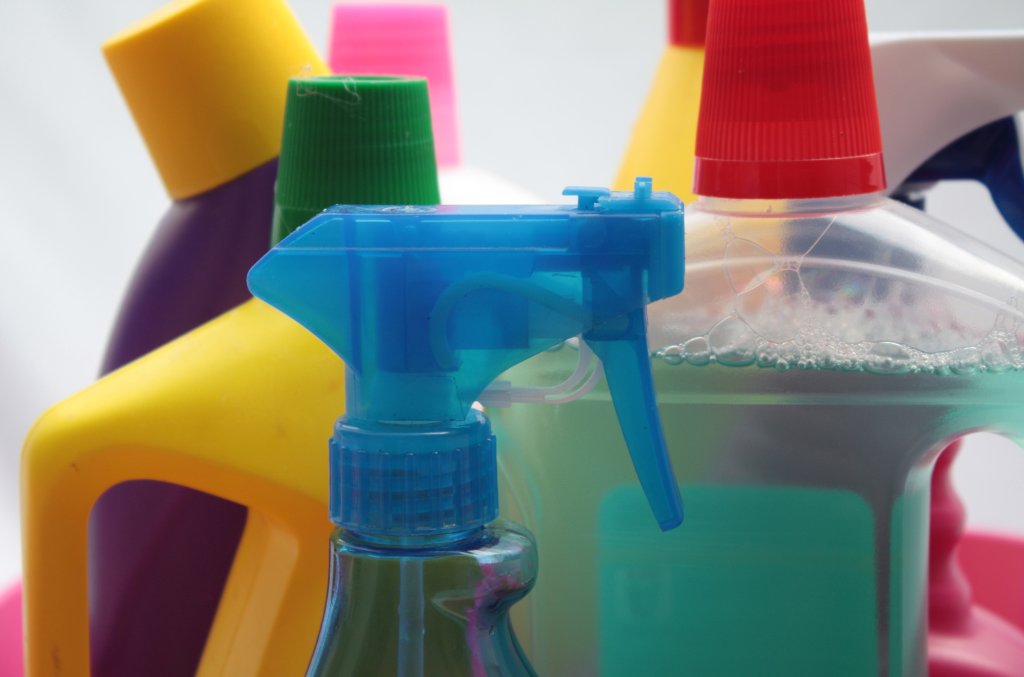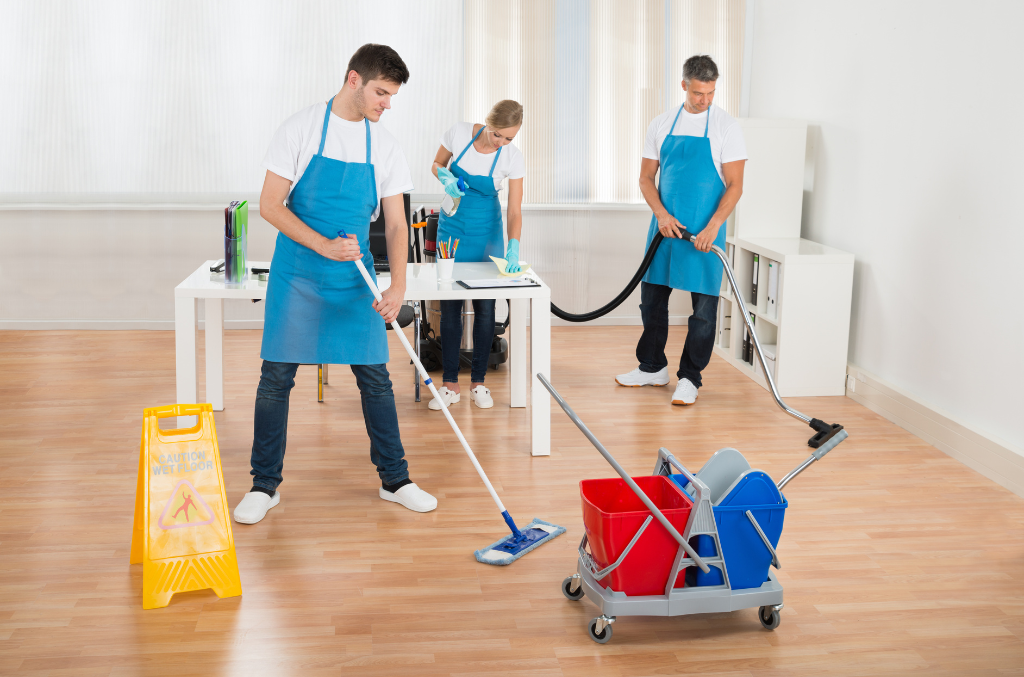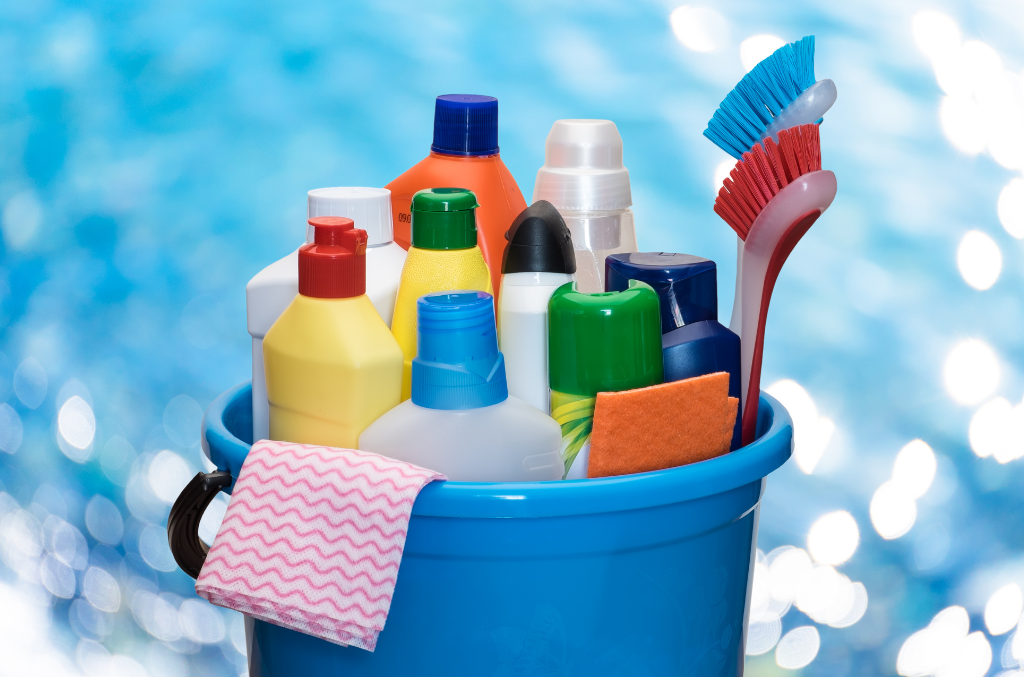Cleaners and Degreasers
Ultimate Guide to Cleaners and Degreasers: Improve Your Industrial Cleaning Efficiency
In today’s fast-paced industrial world, maintaining cleanliness and hygiene is paramount. Whether you’re in the healthcare sector, the education field, manufacturing, distribution, or building services, the need for effective cleaning solutions is universal. Enter: Cleaners & Degreasers – the unsung heroes of industrial hygiene.
Cleaners and degreasers play a crucial role in keeping work environments clean, safe, and efficient. They not only help in removing dirt, dust, and grime but also play a vital role in eliminating grease and oil that can cause machinery malfunctions and workplace accidents.
This guide aims to provide a comprehensive understanding of cleaners and degreasers. We will delve into the different types of these products, their working principles, their applications across various industries, and tips on choosing the right product for your specific needs.
By the end of this guide, you will not only understand the importance of cleaners and degreasers but also be able to make an informed decision when choosing these products for your industry. So, let’s embark on this journey towards cleaner and safer work environments together!
In This Article
Understanding Different Types of Cleaners & Degreasers

Categories of Cleaners
The world of cleaners is diverse, with each type designed to tackle specific cleaning challenges. Here’s a quick breakdown:
General Purpose Cleaners: These are versatile products suitable for a range of surfaces, including floors, walls, and countertops. They are effective at removing dirt, dust, and some types of stains.
Disinfectant Cleaners: These cleaners not only remove dirt and grime but also kill germs and bacteria, making them ideal for use in healthcare and educational institutions.
Glass Cleaners: As the name suggests, these are designed to clean glass surfaces without leaving streaks or residue.
Specialty Cleaners: These are formulated for specific tasks or surfaces, such as oven cleaners, stainless steel cleaners, or toilet bowl cleaners.
Categories of Degreasers
Degreasers are designed to dissolve and remove grease and oils, which are not easily cleaned with regular cleaners. Here are some common types:
Solvent-Based Degreasers: These degreasers use solvents to dissolve grease and oils. They are very effective but need to be used with care due to their strong chemical nature.
Water-Based Degreasers: These are safer alternatives to solvent-based degreasers. They utilize surfactants and emulsifiers to break down grease, making it easy to rinse away.
Foam Degreasers: These are typically used in food processing environments. The foam clings to the surface, allowing the degreaser to work without running off quickly.
Vapor Degreasers: These use a heated solvent vapor to condense on the greasy parts and clean them.
Comparison between Cleaners & Degreasers
While cleaners and degreasers both aim to clean, they are suited for different types of dirt. Cleaners are more effective for general dirt, dust, and grime found on most surfaces. On the other hand, degreasers are specifically designed to tackle grease and oil, which are typically harder to clean.
It’s important to understand the difference and choose the right product for your cleaning needs. Remember that using a cleaner on a greasy surface may not yield the desired results, and using a degreaser where it’s not required can lead to unnecessary expenses.
The Science Behind Cleaners & Degreasers
How Cleaners Work
Cleaners work on the principle of solubility. They contain chemicals known as surfactants that lower the surface tension of water, allowing it to interact with substances like dirt and oil more effectively.
When you apply a cleaner to a dirty surface, the surfactants surround the dirt particles, breaking them up and suspending them in the liquid. This action makes it easy to wipe or rinse the dirt away, leaving a clean surface behind.
How Degreasers Work
Degreasers also use surfactants, but they are specifically formulated to tackle grease and oil. These stubborn substances are not water-soluble, meaning water alone cannot dissolve them.
When you apply a degreaser, the surfactants work to break down the oil or grease into smaller droplets. These droplets are then surrounded and lifted from the surface, allowing them to be wiped or rinsed away.
The Power of Combining Cleaners & Degreasers

In some cases, the combination of a cleaner and a degreaser can be beneficial. This combination is especially useful when dealing with surfaces that have both regular dirt and grease.
The cleaner can remove the general dirt and grime, while the degreaser tackles the oil or grease. This dual-action approach can lead to a more thorough cleaning, saving both time and effort.
However, it’s important to remember that not all cleaners and degreasers can or should be mixed. Always read and follow the manufacturer’s instructions to ensure safe and effective use.
Industry Applications of Cleaners & Degreasers
Manufacturing & Distribution
In the manufacturing and distribution sectors, cleaners and degreasers are essential for maintaining the efficiency and safety of machinery and equipment. They help remove dirt, grime, and oil build-up that can hinder operations and lead to costly repairs. Furthermore, a clean and well-maintained facility can boost employee morale and productivity.
Healthcare
In healthcare facilities, cleanliness is not just about aesthetics; it’s a matter of patient safety. Cleaners and degreasers are used to keep surfaces clean and free from harmful bacteria and viruses. Special disinfectant cleaners are often used in these settings to eliminate pathogens and prevent the spread of diseases.
Education
Educational institutions, from preschools to universities, require effective cleaning solutions to maintain a healthy learning environment. Cleaners are used to keep classrooms, restrooms, cafeterias, and other common areas clean and hygienic. Degreasers can be particularly useful in school kitchens and science labs, where oil and grease build-up is common.
Building Services
Cleaners and degreasers are a staple in building and maintenance services. They are used to clean everything from floors and windows to elevators and HVAC systems. Degreasers are particularly useful for cleaning heavy machinery and tools, helping prolong their lifespan and prevent malfunctions.
Tips for Choosing the Right Cleaners & Degreasers
Understanding Your Cleaning Needs

Before you can choose the right cleaner or degreaser, you need to understand your specific cleaning needs. Consider the type of dirt or grime you’re dealing with, the surfaces you need to clean, and the level of cleanliness required. For instance, a healthcare facility might need a high-level disinfectant cleaner, while a distribution center might require a heavy-duty degreaser.
Evaluating Product Features
Not all cleaners and degreasers are created equal. Look for products with features that match your needs. For example, if you’re cleaning glass surfaces, you’ll want a streak-free cleaner. If you’re dealing with stubborn grease, you might need a high-strength degreaser. Also, consider the application method (spray, foam, wipe, etc.) that would be most convenient and effective for your situation.
Considering Environmental Impact
Many cleaners and degreasers contain harsh chemicals that can be harmful to the environment. Consider choosing products that are biodegradable, low in volatile organic compounds (VOCs), and free from harmful substances like phosphates. These eco-friendly options can deliver powerful cleaning performance while minimizing your environmental impact.
Proper Usage and Maintenance of Cleaners & Degreasers
Instructions for Use
Proper usage of cleaners and degreasers is crucial for their effectiveness. Always read and follow the manufacturer’s instructions on the product label. This information typically includes how to apply the product, how long to leave it on, and how to rinse or wipe it off. Remember, more is not always better; using too much product can be wasteful and might even leave a residue.
Storage and Maintenance
Proper storage of cleaners and degreasers can help maintain their effectiveness and prolong their shelf life. These products should be stored in a cool, dry place, away from direct sunlight and extreme temperatures. The storage area should be well-ventilated and out of reach of children and pets.
Additionally, ensure that the product containers are tightly closed when not in use to prevent evaporation or contamination. Never mix different cleaners or degreasers together, as this can cause dangerous chemical reactions.
Remember, safety should always be your top priority when using and storing cleaning products. Always wear appropriate personal protective equipment, such as gloves and eye protection, when handling these products.
Regulatory Aspects of Cleaners & Degreasers
Compliance with Safety Standards
Cleaners and degreasers, like all industrial chemicals, are subject to a variety of safety regulations. In the United States, these regulations are primarily enforced by the Occupational Safety and Health Administration (OSHA) and the Environmental Protection Agency (EPA).
These agencies require manufacturers to provide Safety Data Sheets (SDSs) for their products. An SDS includes information about the product’s ingredients, hazards, protective measures, and safety precautions. Always refer to the SDS before using a new cleaner or degreaser.
Understanding Product Labels
Product labels provide important information about a cleaner or degreaser’s usage and safety. They typically include:
- Ingredients: This section lists the active and inactive ingredients in the product.
- Directions for Use: This section provides instructions on how to use the product effectively and safely.
- Warnings: This section includes safety warnings, such as the need for personal protective equipment or what to do in case of accidental ingestion or contact with eyes.
- Disposal Instructions: This section provides information on how to dispose of the product and its container safely and legally.
Understanding and following the information on product labels is crucial for the safe and effective use of cleaners and degreasers.
Different Brands of Cleaners & Degreasers
In the realm of specialized cleaning solutions, an array of premium cleaners and degreasers from different reputable brands awaits exploration. The market boasts an expansive spectrum of cleaning formulations, each tailored to serve distinct purposes. Whether your quest is for a streak-free glass cleaner, a high-foaming degreaser to tackle stubborn grease and grime, or a potent disinfectant for comprehensive sanitation, the options are abundant.
Professionals spanning diverse industries, including healthcare and manufacturing, place their trust in the efficacy of various products when faced with rigorous cleaning challenges. These products have proven indispensable in maintaining high standards of cleanliness and hygiene in critical environments.
However, the selection of the ideal brand hinges on a careful consideration of your specific cleaning requirements, budget constraints, and environmental considerations. It’s imperative to embark on a comprehensive research journey, delving into the unique features and formulations offered by different brands. Your ultimate choice should align seamlessly with your distinctive needs and values.
In essence, the selection process extends beyond mere functionality, encompassing a strategic evaluation of the brand’s ethos, product range, and adherence to industry standards. The right choice in specialty cleaners can become a pivotal asset, enhancing not only the cleanliness of your surroundings but also the overall efficiency and sustainability of your cleaning practices.
Summary Of Discussion
Cleaners and degreasers are more than just tools for maintaining cleanliness. They are crucial components of every industry, ensuring operational efficiency, safety, and a healthy working environment. Understanding the types, workings, applications, and regulatory aspects of these products is essential to make an informed choice.
Whether you’re in the manufacturing, healthcare, education, or building services industry, choosing the right cleaner and degreaser can make a significant difference. Remember to consider your specific cleaning needs, evaluate the product features, and consider the environmental impact.
We hope this guide has provided valuable insights into the world of cleaners and degreasers. Remember, a clean workplace is not just aesthetically pleasing; it’s productive, safe, and conducive to the well-being of everyone in it. So choose your cleaners and degreasers wisely, use them correctly, and enjoy the benefits of a cleaner, safer working environment.
Frequently Asked Questions (FAQ)
At IP Products, we offer a wide range of Cleaners and Degreasers to meet your needs. Browse our collection today and find the perfect Cleaners and Degreasers for your job. We are dedicated to quality, customer satisfaction, and fast shipping.

